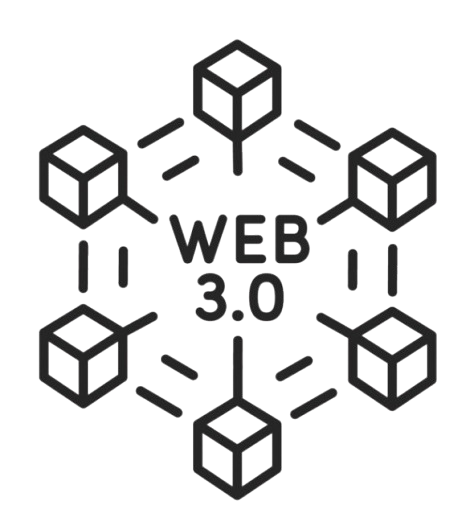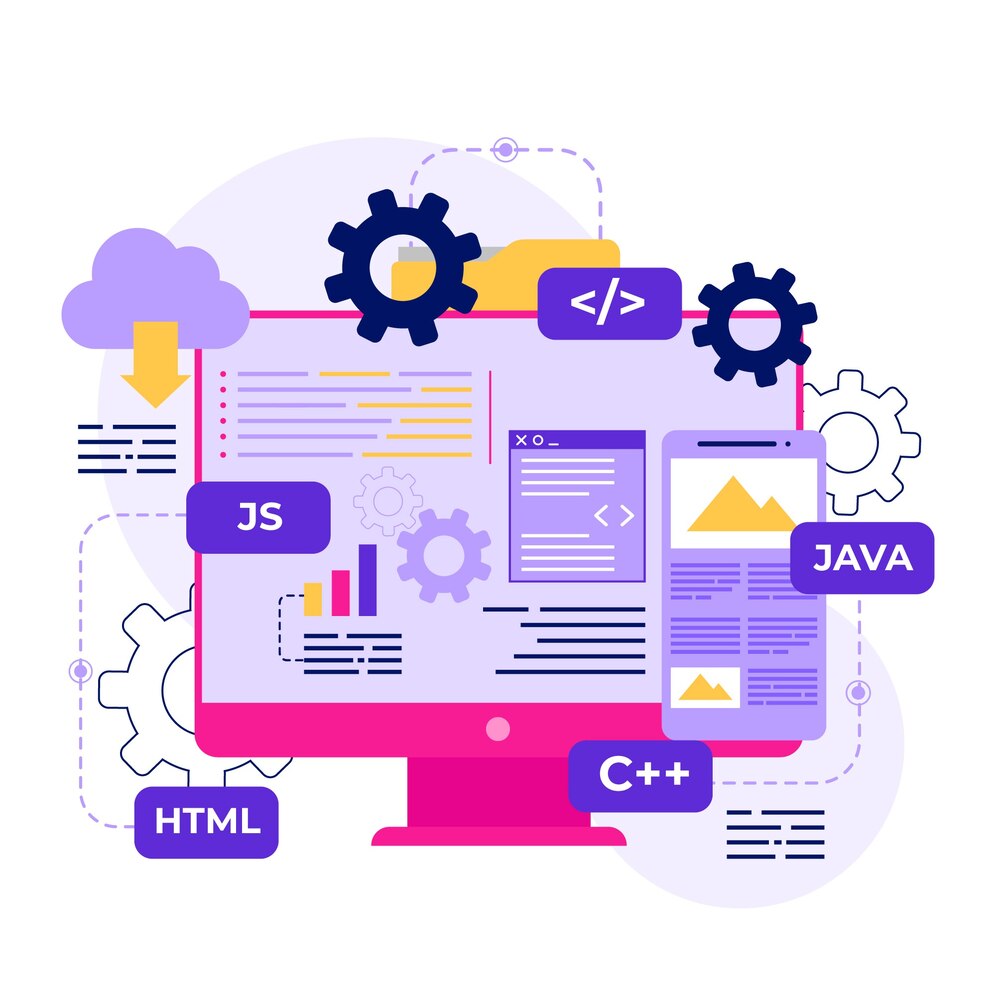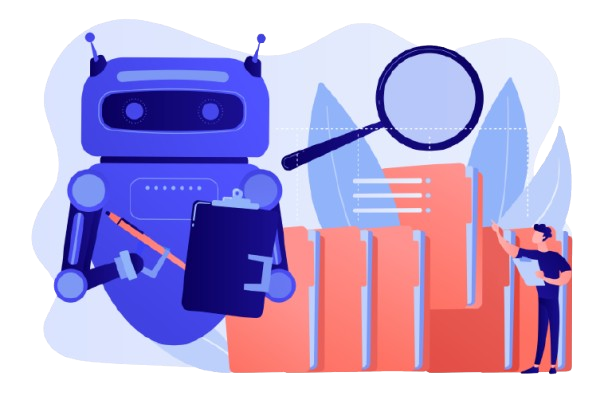The term "Web3" has been buzzing around tech circles for a few years now, but as we move through 2024, its presence is maturing into real-world applications. Whether you view it as the next logical step for the internet or a buzzword in search of a purpose, Web3 represents a shift in how we think about ownership, decentralization, and user empowerment online. So, what exactly is Web3, and what opportunities does it present for developers today?
What is Web3?
Web3 represents a transformative vision of a decentralized internet where users regain control over their data and interact directly with one another without the need for intermediaries. Unlike Web2, which is dominated by centralized platforms like Google, Facebook, and Amazon, Web3 is underpinned by blockchain technology, enabling a range of revolutionary features.
Trustless transactions allow users to interact directly without relying on a trusted third party, fostering greater autonomy and security. Tokenized economies introduce digital tokens that incentivize and reward participation in novel ways. Users gain true ownership of their data, digital assets, and NFTs (non-fungible tokens), reshaping the concept of digital property. Additionally, decentralized applications (dApps) operate on decentralized networks rather than centralized servers, ensuring transparency and resilience.
Web3 in 2024
In 2024, Web3 is demonstrating that it is more than just a fleeting trend or speculative bubble, with tangible progress in several key areas.
Decentralized Finance (DeFi) platforms such as Uniswap and Aave continue to innovate by offering financial services like lending, borrowing, and trading without the need for traditional banks. Blockchain gaming and play-to-earn models are gaining momentum, with projects like Axie Infinity evolving into ecosystems where players can earn real-world income. Web3 is also revolutionizing digital identity, as decentralized ID protocols and wallets enable users to control their online identities without relying on centralized platforms. In industries such as food, fashion, and logistics, blockchain technology is enhancing transparency and traceability in supply chain management. Additionally, content creation platforms like Mirror.xyz are empowering creators to monetize their work directly, moving away from ad-driven revenue models.
However, despite these advancements, Web3 adoption remains uneven. While early adopters and enthusiasts experiment with the technology, many mainstream users still find it confusing or unnecessary. Bridging this gap between innovation and accessibility remains one of the biggest challenges for Web3 developers and advocates.
What can I do with this?
As a developer, Web3 presents an exciting and expansive playground full of possibilities. One of the primary areas to explore is building decentralized applications (dApps). To get started, you'll need to learn blockchain programming languages like Solidity (for Ethereum) or Rust (for Solana). Smart contracts, which are self-executing agreements on the blockchain, are a crucial component of dApps, so understanding them is key. Development tools like Hardhat and Truffle can help with building and testing, while deploying your dApp on popular blockchains such as Ethereum, Polygon, or Binance Smart Chain will make it accessible to users.
Another area to delve into is tokens and NFTs. As a developer, you can create fungible tokens using ERC-20 standards or build non-fungible tokens (NFTs) using ERC-721 or ERC-1155. Additionally, the NFT space opens up possibilities for developing marketplaces, games, or art platforms. A strong understanding of tokenomics is also beneficial, as you’ll be designing economic models to incentivize user participation and growth within these ecosystems.
Web3 offers the opportunity to contribute to existing blockchain protocols, many of which are open-source. You can engage in core development by writing improvement proposals, such as Ethereum Improvement Proposals (EIPs), or work on extending platforms like Chainlink or Filecoin by developing new modules or plugins. This contribution can significantly enhance the capabilities of existing Web3 ecosystems.
For frontend developers, Web3 introduces a critical opportunity to improve the user experience. Blockchain interactions can be complex and intimidating for new users, so building intuitive UIs is vital. You can integrate blockchain functionality using libraries like ethers.js or web3.js, and create wallet connectors that work smoothly with MetaMask or WalletConnect to help users interact with your applications.
Building middleware and APIs is another essential avenue for Web3 developers. These tools bridge the gap between Web2 and Web3, allowing for cross-chain interoperability and improved data indexing for decentralized storage systems like IPFS. Companies such as Alchemy and Infura provide infrastructure, but there is still plenty of room for innovation in these areas.
Decentralized identity and DAOs (Decentralized Autonomous Organizations) are rapidly growing fields within Web3. Developers can create tools for decentralized identity verification or build platforms and frameworks that support the management of DAOs. As the Web3 space continues to evolve, these technologies will play an increasingly important role in shaping the digital landscape.
However, there are several challenges developers must be aware of when working in Web3. Scalability remains a major issue for blockchains like Ethereum, with high fees and slow transaction speeds. Fortunately, Layer 2 solutions like Optimism and Arbitrum are helping to address these challenges. The user experience is also a critical barrier to mass adoption, as wallets, dApps, and blockchain concepts can be overwhelming for new users. Security is another concern, as smart contracts are vulnerable to exploits, making secure coding practices essential. Lastly, the regulatory landscape for Web3 projects is still evolving, and developers must stay informed about the varying legal approaches governments are taking toward crypto and blockchain technologies.



